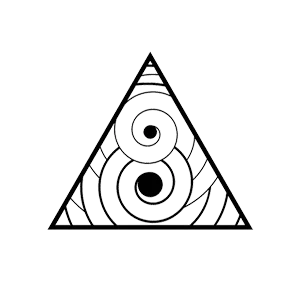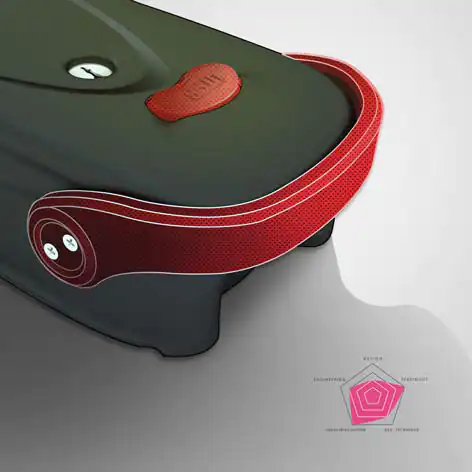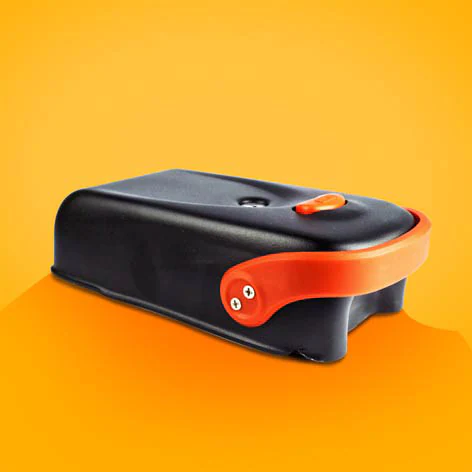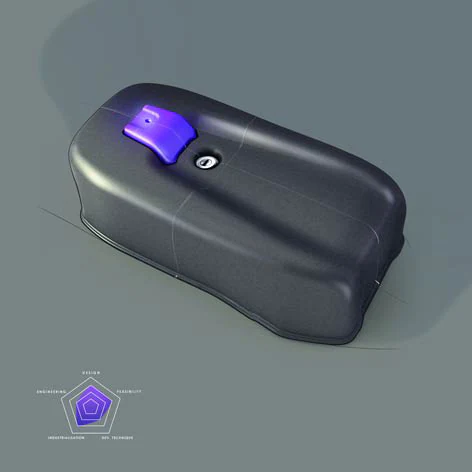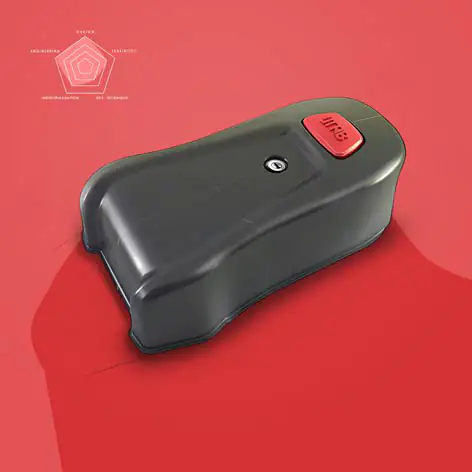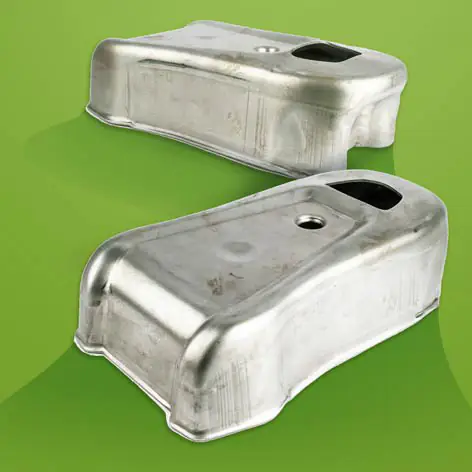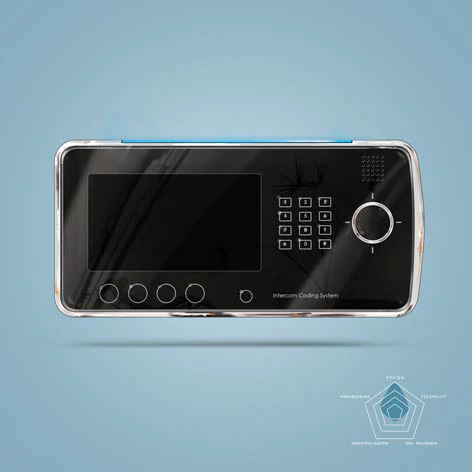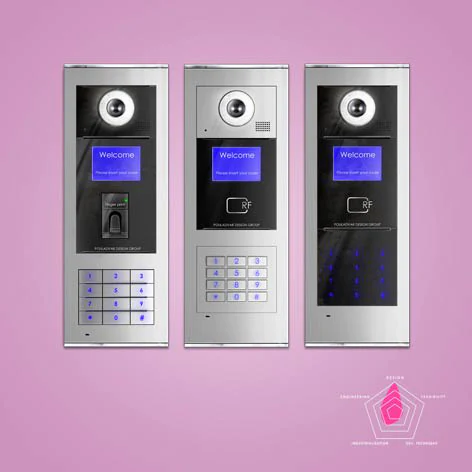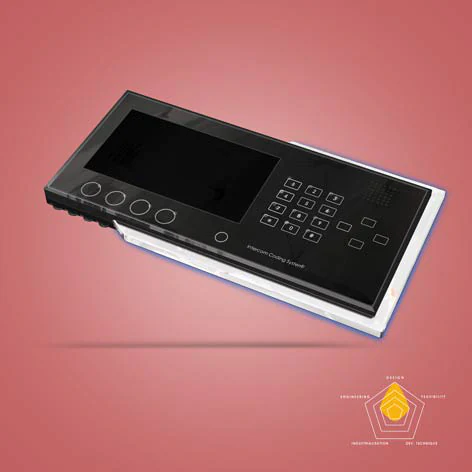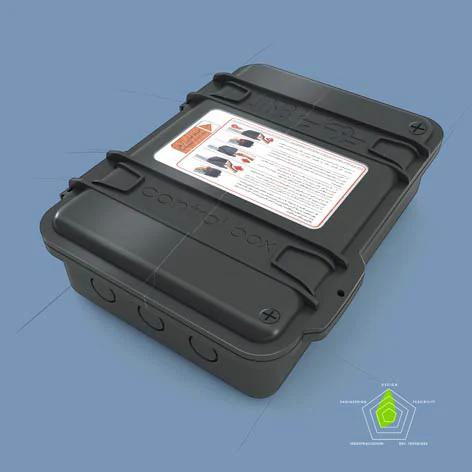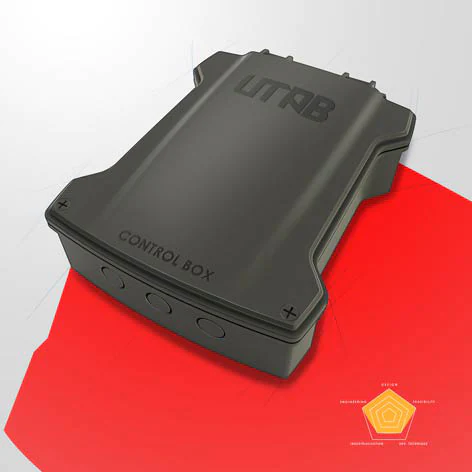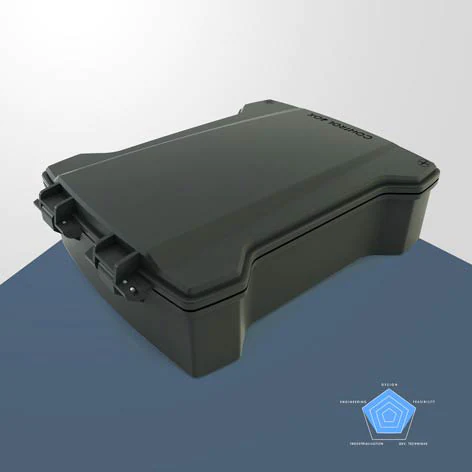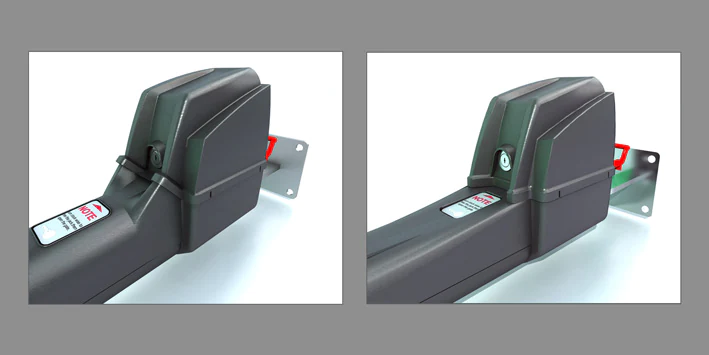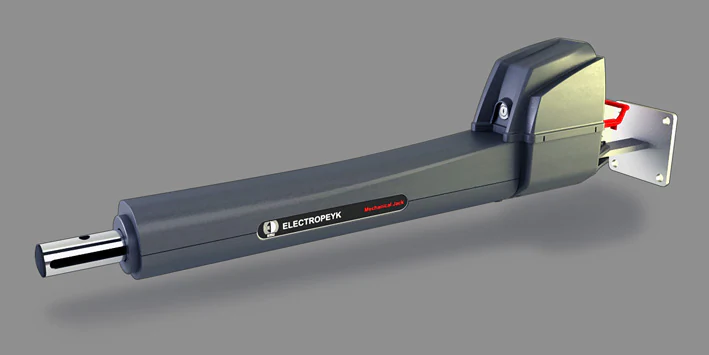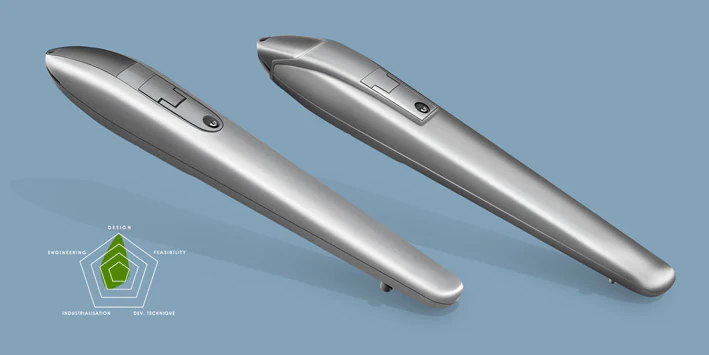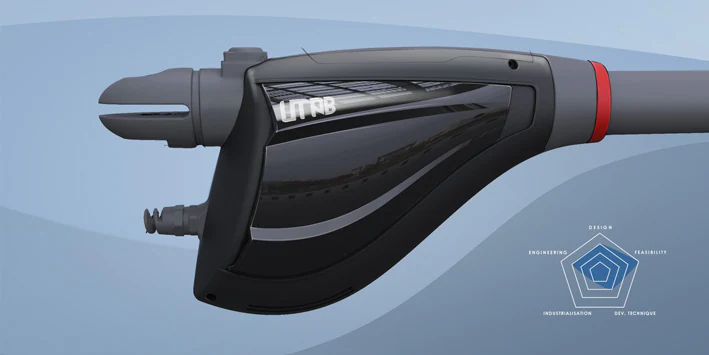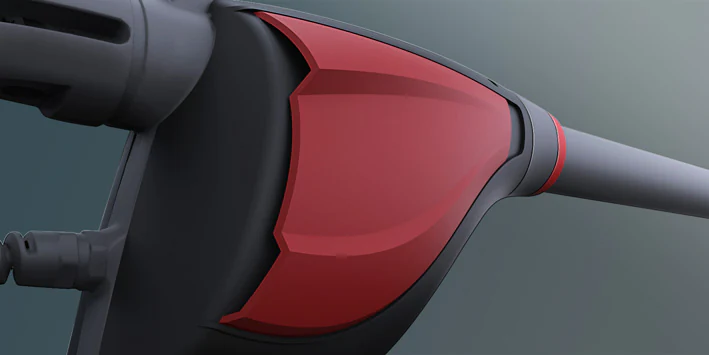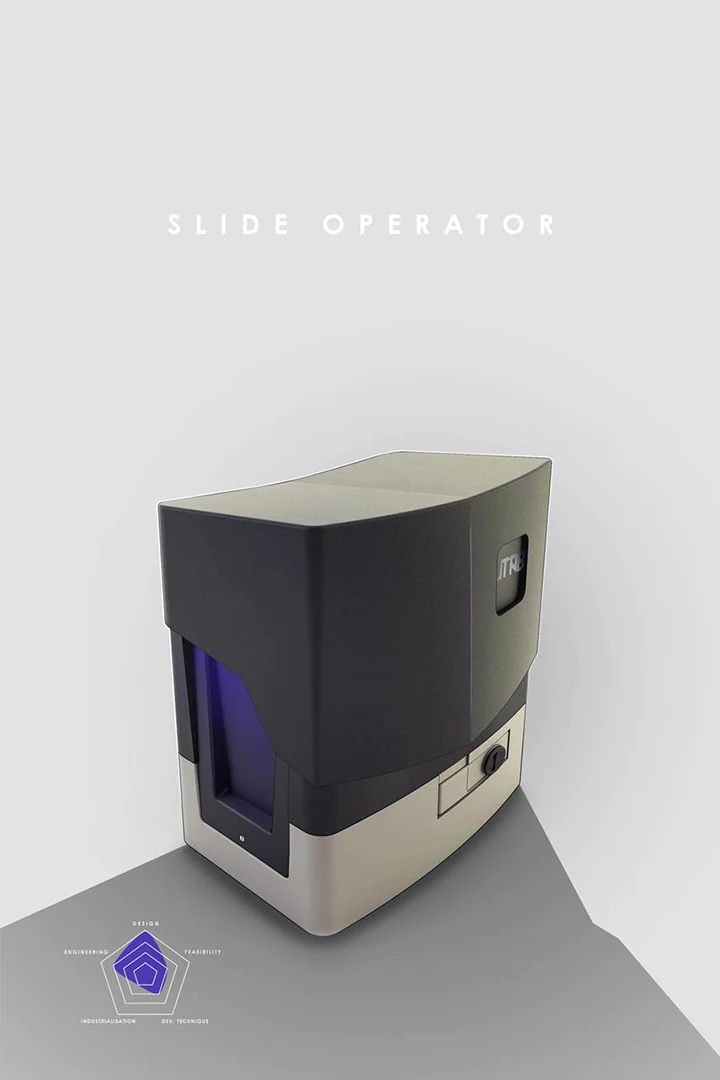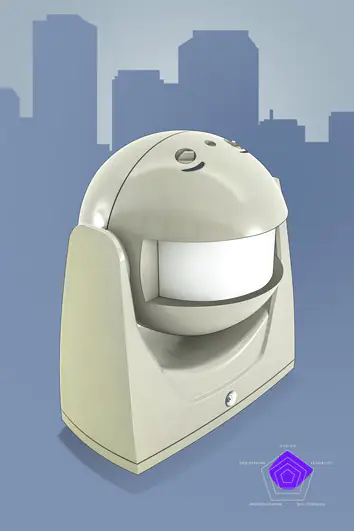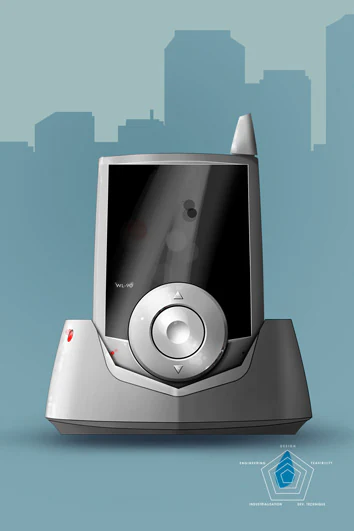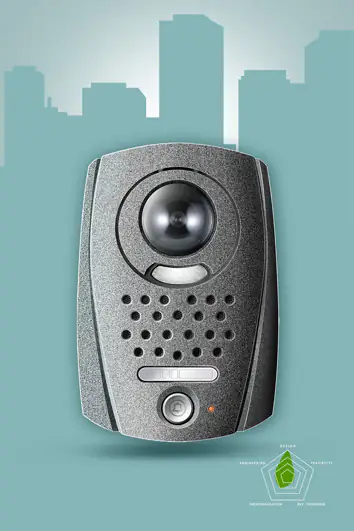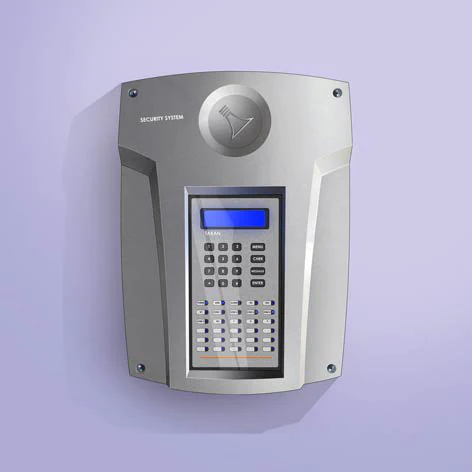home security
design and engineering
- see our
- home-security portfolio
- on this page
Security engineering incorporates security controls into an information system so that the authorities become an integral part of the system's operational capabilities.[1] It is similar to other systems engineering activities in that its primary motivation is to support the delivery of engineering solutions that satisfy pre-defined functional and user requirements. Still, it has the added dimension of preventing misuse and malicious behavior. Those constraints and restrictions are often asserted as a security policy.
Security engineering has existed as an informal field of study for several centuries in one form or another. For example, locksmithing and security printing has been around for many years. The concerns for modern security engineering and computer systems were first solidified in a RAND paper from 1967, "Security and Privacy in Computer Systems" by Willis H. Ware.[2] This paper, later expanded in 1979,[3] provided many fundamental information security concepts, labeled today as Cybersecurity, that impact modern computer systems, from cloud implementations to embedded IoT.
Recent catastrophic events, notably 9/11, have quickly made security engineering a rapidly-growing field. In fact, in a report completed in 2006, it was estimated that the global security industry was valued at the US $150 billion.
Security engineering involves aspects of social science, psychology (such as designing a system to "fail well" instead of trying to eliminate all sources of error), economics, physics, chemistry, mathematics, criminology architecture, and landscaping.[4] Some of the techniques used, such as fault tree analysis, are derived from safety engineering.
Other techniques such as cryptography were previously restricted to military applications. One of the pioneers of establishing security engineering as a formal field of study is Ross Anderson.
Design, reverse engineering
& Productivity Development
In some projects, such as our door lock project mentioned below, our team first designed an additional part for the old product to increase customer satisfaction and revenue until we developed a new product. Parallel with that, and we created a new product with better useability and an updated appearance. Finally, we reached the final model to have a new product with a unique design for customers. We had many challenges in the designing process to get the final product out of any mold and progressive stamping process without any problems and have a good outcome after stretching with different quantities. We always pay attention to product quality control limitations and try to design so that our final product is within control limits. One of our goals is to avoid UCL as much as possible to make our project more profitable.
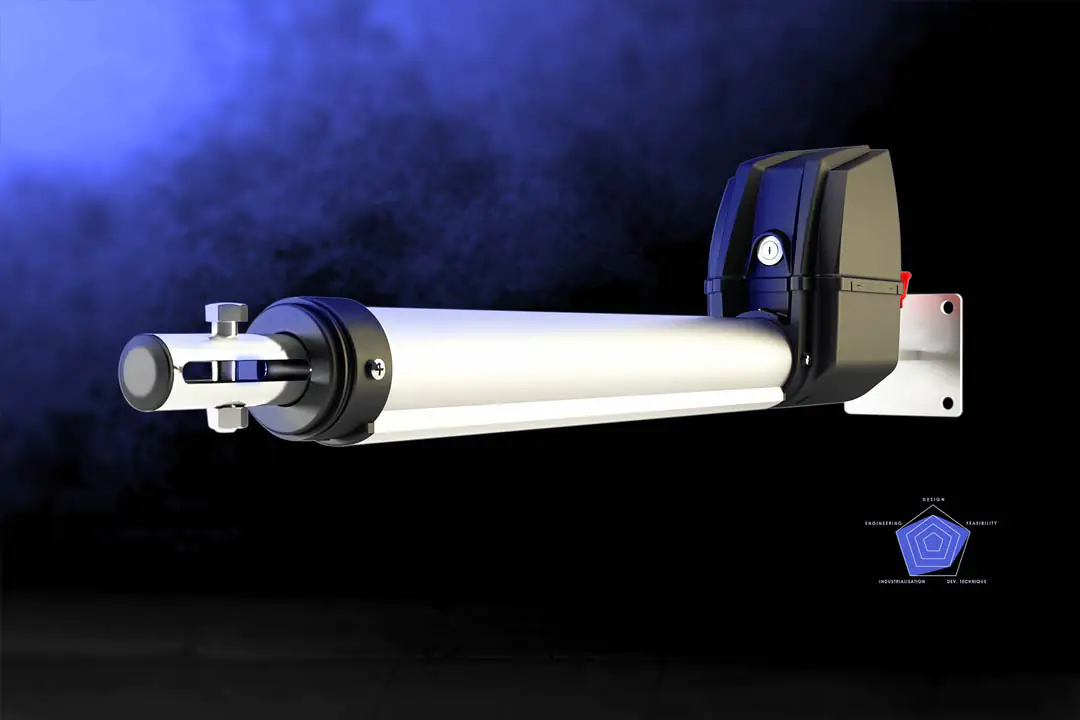
We always use DMU methods mechanism to simulate the product. As a result, we review our design and avoid potential problems and setbacks. This method is very effective and practical for optimal use of warehouse spaces and optimization of product transfer. It is noteworthy that the distributor or customer pays a lot of attention to the size of your products, the arrangement with each other, and the occupied storage space.
slide operator
design & engineering
As we know, the slide operator jack has a control box that must have particular specifications. These specifications include structural security, water and soil resistance (IP), and finally, the appearance and coordination of the box design with the operator design uniform. In creating this product and the mentioned items, we have used light to determine the box's location and beauty.
home automation
design & development
Home automation or domotics is building automation for a home, called a smart home or smart house. A home automation system will monitor and/or control home attributes such as lighting, climate, entertainment systems, and appliances. It may also include home security such as access control and alarm systems. When connected to the Internet, home devices are an essential constituent of the Internet of Things ("IoT").
A home automation system typically connects controlled devices to a central smart home hub (sometimes called a "gateway"). The user interface for control of the system uses either wall-mounted terminals, tablet or desktop computers, a mobile phone application, or a Web interface that may also be accessible off-site through the Internet.
While there are many competing vendors, there are increasing efforts toward open-source systems. However, there are issues with the current state of home automation, including a lack of standardized security measures and deprecation of older devices without backward compatibility.
Home automation has a high potential for sharing data between family members or trusted individuals for personal security and could lead to energy-saving measures with a positive environmental impact.
The home automation market was worth US$5.77 billion in 2013, predicted to reach a market value of US$12.81 billion by 2020.
A sensor is a device that produces an output signal for sensing a physical phenomenon. In the broadest definition, a sensor is a device, module, machine, or subsystem that detects events or changes in its environment and sends the information to other electronics, frequently a computer processor. Sensors are always used with other electronics. Sensors are used in everyday objects, such as touch-sensitive elevator buttons (tactile sensors) and lamps that dim or brighten by touching the base, and in countless applications most people are unaware of. With advances in micromachinery and easy-to-use microcontroller platforms, the uses of sensors have expanded beyond the traditional fields of temperature, pressure, and flow measurement, for example, into MARG sensors. Analog sensors such as potentiometers and force-sensing resistors are still widely used. Their applications include manufacturing and machinery, airplanes and aerospace, cars, medicine, robotics, and many other aspects of our day-to-day life. A wide range of different sensors measures the chemical and physical properties of materials, including optical sensors for refractive index measurement, vibrational sensors for fluid viscosity measurement, and electrochemical sensors for monitoring the pH of fluids.
A sensor's sensitivity indicates how much its output changes when the input quantity it measures changes. For instance, if the mercury in a thermometer moves 1 cm when the temperature changes by one °C, its sensitivity is 1 cm/°C (basically, the slope dy/dx assumes a linear characteristic). Some sensors can also affect what they measure; for instance, a room temperature thermometer inserted into a hot cup of liquid cools the liquid while the liquid heats the thermometer. Sensors are usually designed to have a negligible effect on what is measured; making the sensor smaller often improves this and may introduce other advantages. Technological progress allows more and more sensors to be manufactured on a microscopic scale as microsensors using MEMS technology. In most cases, a microsensor reaches a significantly faster measurement time and higher sensitivity than macroscopic approaches. Due to the increasing demand for rapid, affordable, and reliable information today, disposable sensors—low-cost and easy‐to‐use devices for short‐term monitoring or single‐shot measurements—have recently gained growing importance. Using this class of sensors, critical analytical information can be obtained by anyone, anywhere, and at any time, without recalibration and worrying about contamination.
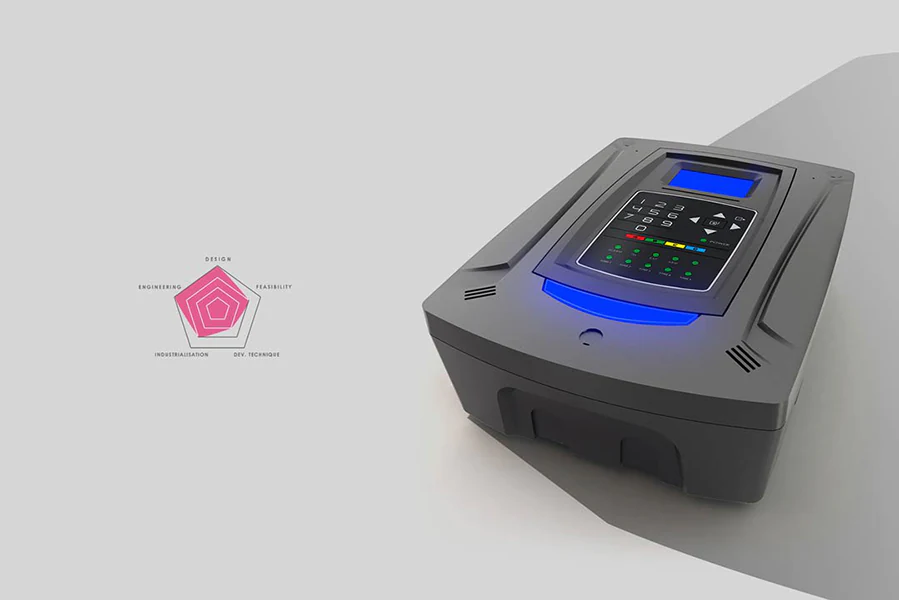
We can cooperate if you have a good idea for a household product and you need help and consultancy in producing and transporting it to the market. We are proud to have designed many products in this group, from the initial idea to delivery to the customer. We have gained a lot of experience in this field, and we are ready to be your friend, companion, and advisor in each of these stages. From our team's point of view, a product designed to be beautiful should have its points. The taste of the target market must be ensured. It is necessary to develop products ergonomically and follow the standards of that field. This design must follow the material standard for different climatic, environmental, and health conditions. The operation must be commensurate with the amount of capital allocated and the initial costs to the end. Be consistent with the manufacturer's planned goals. Comply with the manufacturer's facilities at all design, production, and sales stages. And the most critical issue today is the compatibility of design and product with the environment.

